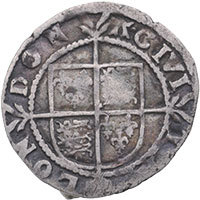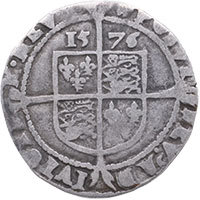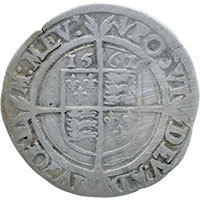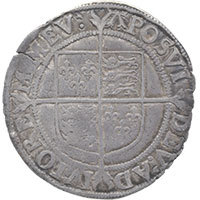Queen Elizabeth I was born in 1533, the daughter of Henry VIII and his second wife, Anne Boleyn. Like Mary I, her older half-sister, Elizabeth had the rocky kind of upbringing that could only come from being the child of the notorious King Henry VIII – a sometimes banished one at that.
She’s remembered as one of the greatest monarchs England has ever seen – brave, courageous and a strong leader. Indeed, she was rendered brave by her early years.
The Early Life of Elizabeth I
Until she became queen at the age of 25, Elizabeth lived in near-constant danger, as many people around her found themselves beheaded. She, herself, was imprisoned in the Tower of London by Queen Mary I because she was believed to be part of the Protestant rebellion. She lived with the fear of following in her mother’s footsteps to the guillotine.
The lessons she learnt along the way taught her diplomacy, strength and skill. When Mary died in 1558, Elizabeth took to the throne as an able and resolute leader.
Protestants and Catholics
Despite being half-sisters, Elizabeth grew up Protestant while Mary grew up Catholic. Bloody Mary, as she came to be known, burnt many dissenters who refused to defer their Protestant faith to Catholicism. She had been determined to undo her father’s work of breaking with Rome and convert England back to wide-spread Catholicism.
Elizabeth, on the other hand, was a Protestant. Many believed that she would restore wide-spread Protestanism when she came to power. In reality, however, she was very tolerant of others’ religious beliefs – she was incredibly tolerant for her time, in fact. While she carried her own strong beliefs, she also believed that Catholics and Protestants essentially followed the same faith and worshipped the same God.
After witnessing Mary’s reign, the new queen understood the importance of maintaining peace where religion was concerned and repealed her half-sister’s religious legislation. Though she was sometimes forced to act with force against extremists, she did manage to keep the peace. She’s famously remembered for signing the death warrant of her own Catholic cousin, Mary, Queen of Scots, but she did so with great hesitation that certainly didn’t mirror Mary’s brutality. She opened up her church to Catholics and Protestants alike, in the hopes that the majority would gradually accept Protestantism – as, indeed, they did.
Queen Elizabeth I: Married to her People
Where Mary had earnt herself the nickname Bloody Mary, Elizabeth became known as the Virgin Queen.
As is the case with any monarch, the people of England were waiting for the all-important male heir that would take the queen’s place upon her death.
Elizabeth wasn’t short of marriage prospects. Many eligible men vied for her attention. The closest Elizabeth came to having a life-partner was her deep friendship with Robert Dudley, Earl of Leicester. The pair were incredibly fond of each other and stayed by each other, but never married.
The queen was wise – too wise to ignore the threat that marriage would pose to her power. It would mean sharing her throne and likely giving up more of her power to rule than she’d have liked. England was her ship and she was determined to steer it alone.
She’s said to have been married to her people. The queen once said ‘You may well have a greater prince, but you shall never have a more loving prince’. The affection went both ways too – Elizabeth herself was beloved by her people in return.
The Great Elizabethan Era
Queen Elizabeth I’s time on the throne was so significant and is remembered for so much greatness that it became a distinct period of time in its own right – the Elizabethan Era.
Elizabeth’s long reign also gave the country some stability that it had sorely lacked for years, with the short and turbulent reigns of Edward VI and Mary I.
It was certainly a golden age in England’s history, one that saw the arts blossom and gave us some of history’s greats: William Shakespeare, Francis Drake, and Walter Raliegh to name a few. England’s position in Europe was strengthened too and the country became quite powerful in trade and politics.
Queen Elizabeth I’s Death: the End of a 45-Year Reign
Elizabeth reigned for 45 years, dying of illness in 1603 at the age of 69. She’d successfully managed to steer her country to become a major world power and went down in history as one of England’s greatest monarchs.
The Virgin Queen died, of course, childless so the Tudor Dynasty died with her. With no offspring to hand the throne to, Elizabeth instead handed it to King James of Scotland, a king who would finally unite England, Wales and Scotland.






